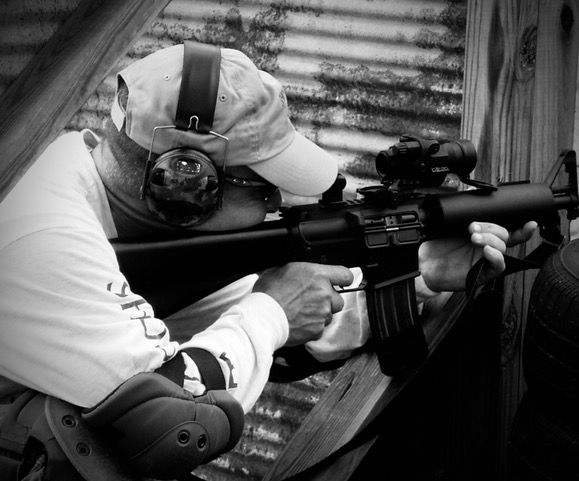
Last week we talked about how to determine what gear might be “best” for you. This week we’re applying the same to tactics, and again, it’s all subjective and relative. Defensive tactics for someone carrying concealed for protection are different from those used by armed professional – law enforcement personnel. Obviously, tactics depend on what’s occurring right here and now, when time is short. Tactics depend on the individual, considering their ability, physically and mentally, their amount of training and, as always, practice. The “best” tactic, or manner of solving the problem isn’t an easy question to answer.
As a card-carrying concealed permit holder my number one tactics are always avoidance and escape. The number of situations where I would actually be forced to fight are few and far between, although the possibility exists anywhere, anytime. I pay attention, looking out for potential trouble, and don’t participate in stupid games where one only wins stupid prizes. When something looks wrong my first and best response is avoiding and escape.
If forced to fight my goal is to break contact at first opportunity and find a place I can hold safely, and if necessary, defend against the next attack. Remember, just because the threat is down or gone doesn’t mean the fight is over.
The tactics used by law enforcement officers are going to be different. They get paid to go towards the danger. The problem is when aggressive tactics, those used by law enforcement, and certainly military personnel, are taught as defensive tactics for personal protection. While the techniques for employing the firearm as a weapon – marksmanship, manipulations and such – are basically the same, the actual tactics and principles for application of that weapon vary greatly between L.E. and self-defense use. The military application of force is a whole universe apart. The “best” tactics for one are the “worst” for another.
“Best” doesn’t always even mean the same. You give ten people the same defensive problem. Chances are, each one will respond with different tactics. Sure, their response relies on moving, communicating, the use of cover, shooting – if necessary, and thinking, in order to solve the problem. Yet, all ten are going to have a different solution. “But,” you ask, “which is best?” According to Bill Jordan in No Second Place Winner:
“Each fight is different and the officer must react differently – and always correctly – to each. These reactions, even if proven correct by their success, are not always logical appearing. At times the right action is “sensed” against all logic and the wise man follows his hunch and lives.” (Pg. 104)
In other words, as long as your response works, it stops the danger, it doesn’t matter. Winning allows you to discuss what was, or could have been “best” after the fight.
Defending against an attack is about decision making. In a short amount of time you’ve got to determine the “best” way to solve the problem. You don’t need perfect; there’s rarely a flawless solution. There’s usually little time to determine what’s the “best” tactic. A simple solution that’s good enough, applied right now, is usually the “best” way to win.
Tiger McKee is director of Shootrite Firearms Academy, which is celebrating its twenty-fifth anniversary. He is the author of The Book of Two Guns, AR-15 Skills and Drills, has a regular column in American Handgunner and makes some cool knives and custom revolvers. Visit Shootrite’s Facebook page for other details.